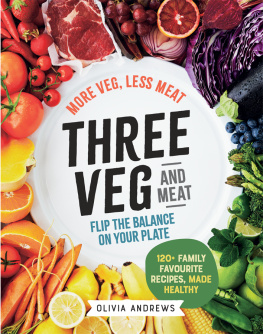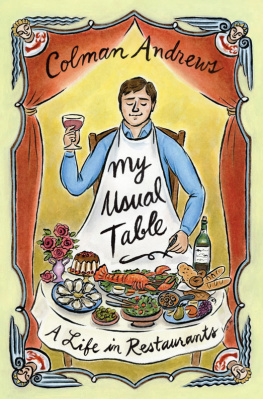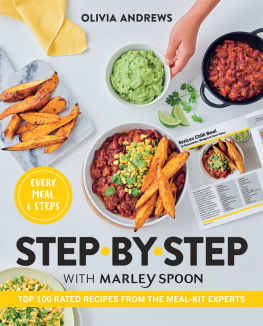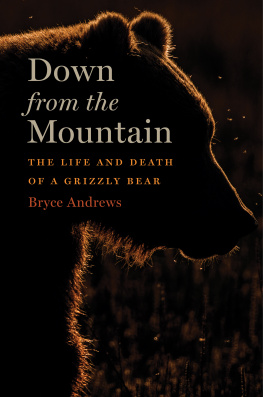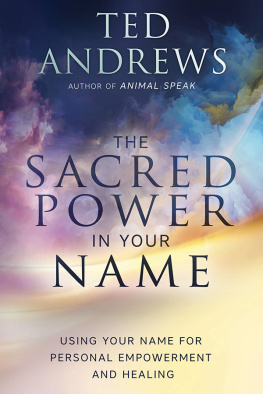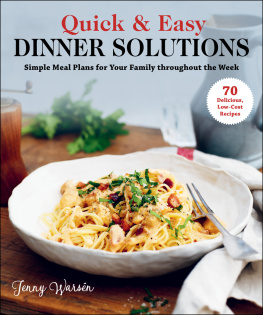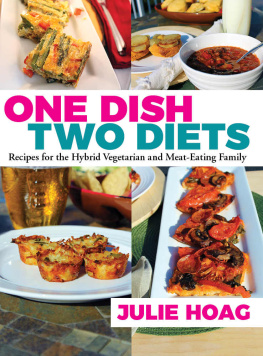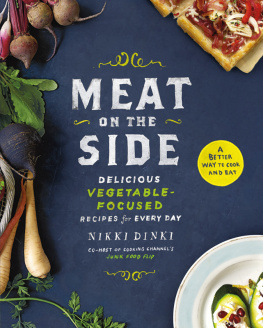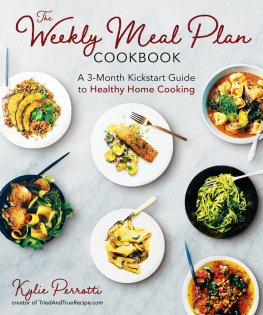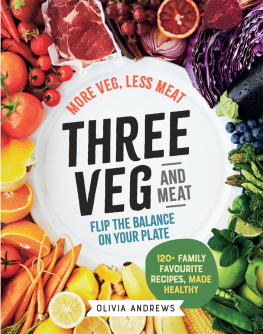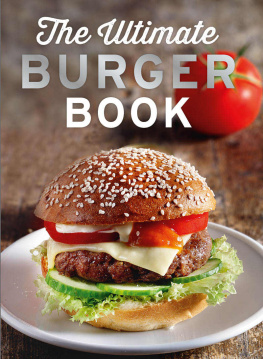THE NEW FLEXITARIANISM MAKE VEG THE HERO
You know you should be eating more healthy vegies but sometimes you prefer burgers, nachos and chicken schnitzel to salad. So how do you get the dietary balance right without sacrificing the flavour? Olivia Andrews has taken all your favourite dishes and magically flipped the balance to more veg and less meat. Try her Butter-nut chicken, Quick roast pork dinner, Amen for my ramen, New sausage rolls and Better chocolate brownies and you wont ever want to flip back.
 | OLIVIA ANDREWS is the culinary director for meal-kit
delivery service Marley Spoon in Australia and an
ambassador for Nutrition Australias Tryfor5 campaign. |
CONTENTS
WELCOME TO A NEW WAY OF EATING
Once upon a time I didnt really care about eating a healthy, balanced diet. I just loved food, in all its wonderful forms. If I liked the look of something, I would just eat it, without a second thought about what it was doing to my body, let alone the planet.
Our childhood memories and experiences often shape the way we eat. As a child, I was regularly fed snack foods, almost as a staple, and I know that this is why I still crave them as an adult. Every day in primary school I had a packet of chips for morning tea, and often a small white-bread sandwich, usually smeared with margarine and topped with plastic cheese. To this day these are two of my guilty pleasures except Ive replaced the margarine with butter in the sandwich, and I fry it all in a pan until the cheese melts! After that lunch though, Mum usually made us lovely home-cooked meals for dinner, and we always sat around the table to eat them. We never had dessert, so I find I have little interest in sweets as an adult, and only very rarely do I make dessert at home.
Early on in my career I was writing recipes based purely on the look and taste of the food, without much of a social conscience. But, as with most things in life, you learn with age.
A real food REVELATION
In 2015 at a Swedish primary school in Malmo I witnessed something extraordinary: children being fed real food vegetables and legumes, fish and meat, flavoured with spices and herbs normal healthy food that adults would eat, and not a separate, dumbed-down menu full of processed, unidentifiable things. The children were featuring on the TV show Destination Flavour Scandinavia , and the food memories and positive associations being established would ensure good eating habits carried through to adulthood. And all this was done in a sustainable way, with an emphasis on totally organic ingredients.
Would this ever be possible to achieve in other countries, I wondered.
One year later, I gave birth to my daughter, Harriet. Wanting to give her the best possible start in life, I was determined not to expose her to some of the junk that is seen on kids menus, and I did my best to give her an improved version of most foods. She is my greatest inspiraton and motivation for writing this book.
Since starting up the culinary department at Marley Spoon Australia (a company that delivers fresh meal-kits to homes) in 2015, Ive also learned a lot about the flavours Australians enjoy and what they really want to eat, especially on weeknights.
As a recipe writer, Ive become increasingly interested in creating more nutritionally balanced recipes for people to enjoy at home every day. What do we really need to consume for our bodies to receive the right amount of nutrients? What does balance actually mean?
Meet three veg and meat
For all our lives the majority of us have been told that red meat is the source of iron, dairy is the source of calcium, and that we must eat meat, meat and more meat to satisfy our bodies desperate need for protein. But health authorities are now saying that most of us consume an over-abundance of animal-based products and that instead our diets should be made up of 70 per cent plant-based foods, and that vegetables should fill up 50 per cent of every plate we eat.
There is a wealth of evidence that eating plenty of vegetables can help us maintain a healthy body weight, lower cholesterol and blood pressure, and protect us against chronic diseases such as type 2 diabetes, heart disease, stroke and certain cancers. A diet rich in fruits, vegetables and wholegrains can also reduce the risk of depression and improve overall mood and wellbeing, as well as memory and learning.
Alarmingly, the average Australian adult only eats about half the amount of vegetables they should and the vast majority of children arent consuming enough vegetables each day. This situation is pretty similar in the United Kingdom and United States.
Plant-based foods are what our bodies need, and what most of us are lacking. Our plates should be 50 per cent vegetables and our diets 70 per cent plant-based foods.
WHAT SHOULD WE REALLY BE EATING?
The chart below shows the number of serves the Australian Dietary Guidelines recommend we eat every day from each of the five core food groups for a nutritious and balanced diet.
If you are pregnant or breastfeeding, see: www.nutritionaustralia.org/national/resource/australian-dietary-guidelines-recommended-daily-intakes
| AGE GROUP | DAILY SERVES VEGETABLES & LEGUMES | DAILY SERVES FRUIT | DAILY SERVES GRAINS (CEREAL) | DAILY SERVES LEAN MEAT, POULTRY, FISH, EGGS, NUTS, SEEDS | DAILY SERVES MILK, YOGHURT, CHEESE |
|---|
| 18 years | 24 | 1 | 4 | 11 | 11 |
| 918 years | 55 | 2 | 47 | 2 | 23 |
| 1970 years | 56 | 2 | 46 | 23 | 24 |
| 70+ years | 56 | 2 | 34 | 22 | 34 |
LETS HIT THE RESET BUTTON
This book is designed to flip the balance of our meals, pushing the meat to one side of the plate and making vegetables the star ramping up all the nutritional benefits of eating plenty of vegetables, without compromising on flavour, taste and texture.
The best diet in life is a sustainable one. For me personally, becoming vegetarian or vegan, or abstaining from certain food groups for extended periods, always backfires, and I tend to over-compensate for any sacrifices by bingeing making up for lost time. And sometimes, if you crave a certain food, chances are your body needs it.
By putting more of the right stuff on our plates, we are doing so much better by our health, our weekly budget and the planet, while also contributing to a more sustainable way of life.
FROM VEGAN TO FLEXITARIAN: SOMETHING FOR EVERYONE
In this book you can expect to find your favourite dishes and junk food classics, reimagined. There is something for everyone, whether you are vegan, vegetarian, pescatarian, an omnivore, or prefer to eat dairy or gluten free. And if your household contains a mixture of all these eating styles, you will find plenty of solutions for your family, with a huge variety of base recipes that you can easily adapt for vegetarians and even vegans.

